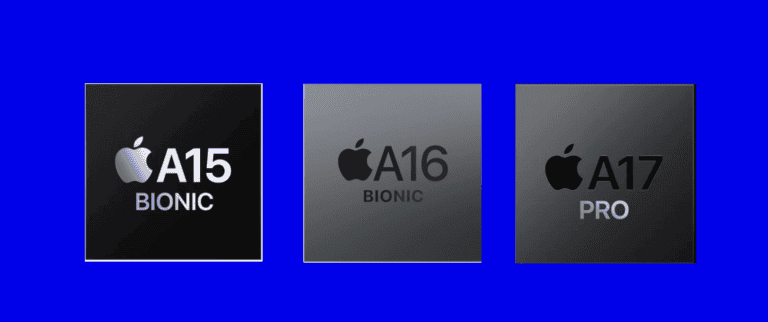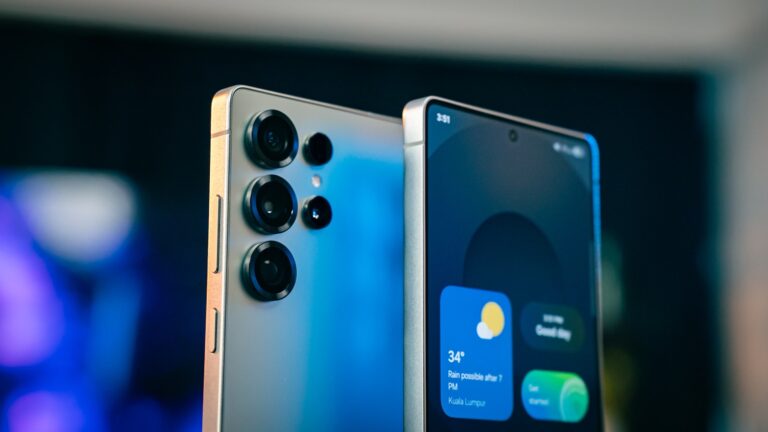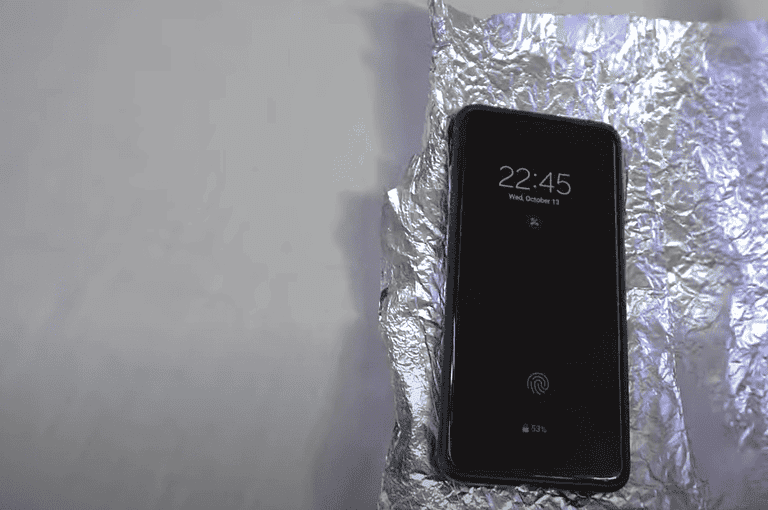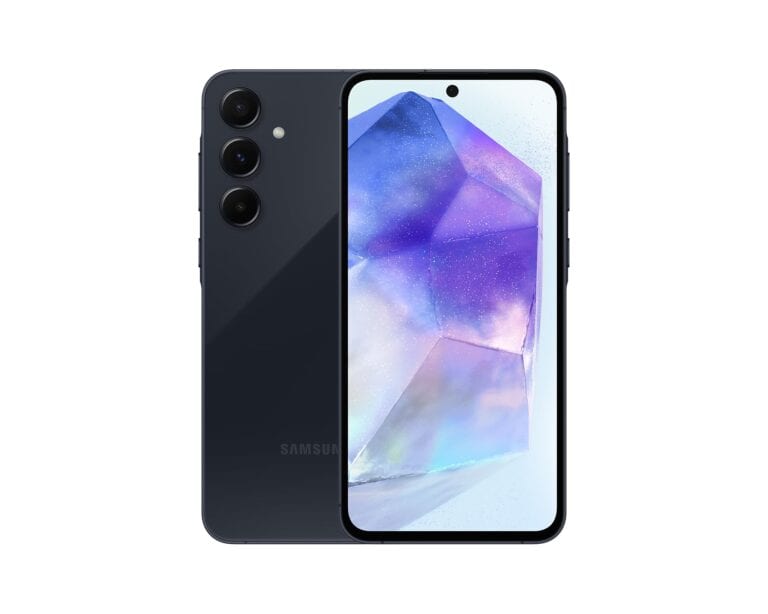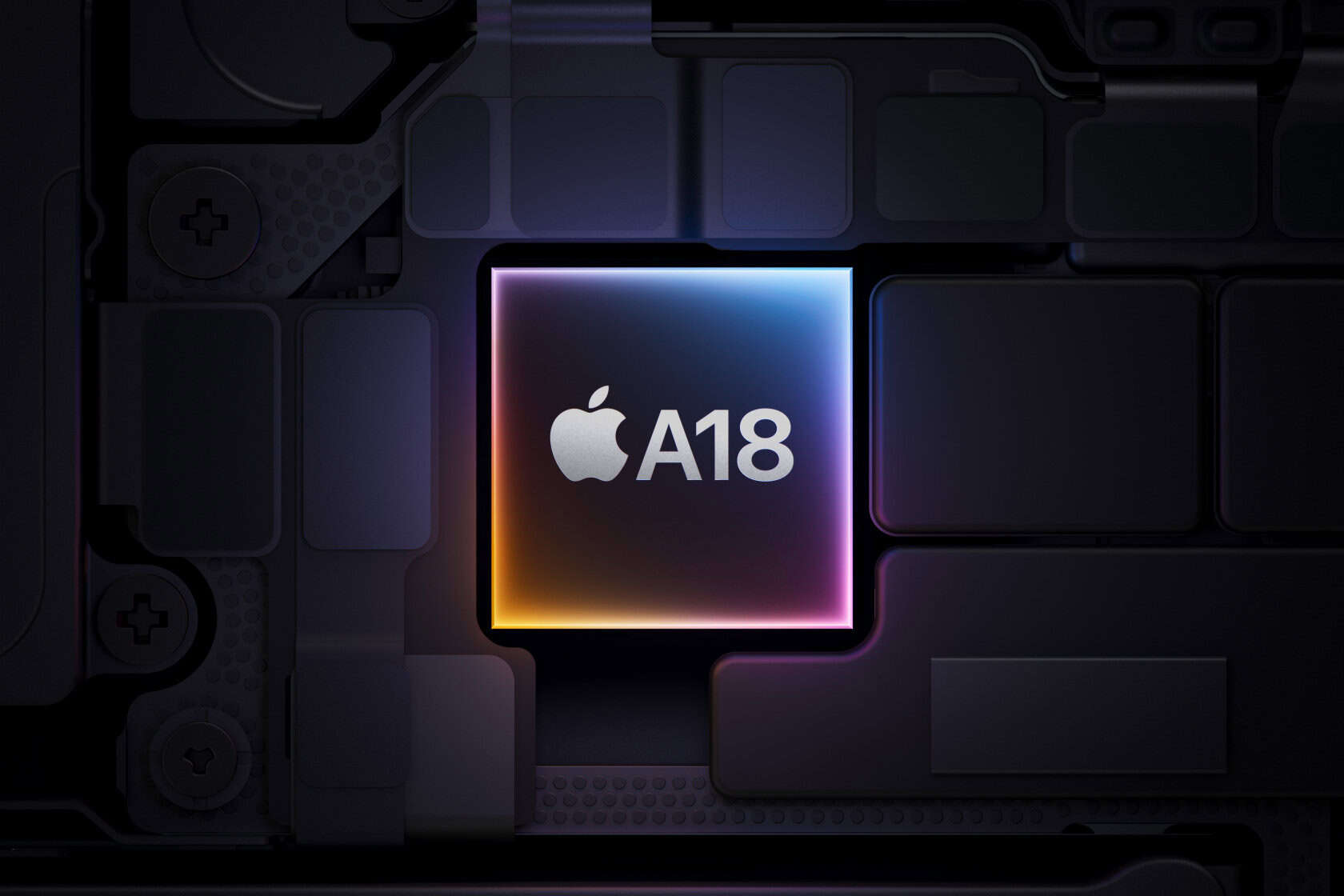
With the release of the iPhone 16 series Apple unveiled the A18 chip, which is the fastest and most Ai capable ever. But the real question is how the A18 stacks up versus the A17 Pro (the chip that powered the previous generation iPhone 15 Pro and iPhone 15 Pro Max lines). Both chips are powerful but excel in different areas, catering to varying user needs. The A18 and A18 Pro push the boundaries for those seeking ultimate performance and features, designed to to redefine smartphone performance and Ai handling.
The A18 delivers impressive gains for standard iPhone models, while the A18 Pro sets a new standard for speed, efficiency, and advanced features. This silicon rivalry ultimately benefits consumers by offering a range of powerful options to suit their needs and preferences. Apple’s newest chips, the A18 and A17 Pro, bring significant upgrades to iPhone performance. Both chips use advanced 3nm architecture, but the A18 Pro offers key improvements over its predecessor.
The A18 Pro delivers 15% faster CPU performance and 20% faster graphics compared to the A17 Pro, while using less power. This means smoother gameplay and faster app launches for users of the latest iPhones. The A18 Pro also features an upgraded neural engine for AI tasks and improved video processing capabilities.
These enhancements translate to real-world benefits for iPhone users. Tasks like photo editing, video rendering, and running complex apps should feel noticeably snappier on A18 Pro devices compared to those with the A17 Pro chip.
Silicon Showdown: A18 vs. A17 Pro – Decoding the Performance Delta

The Specs at a Glance
| Feature | A18 | A17 Pro |
|---|---|---|
| Process Node | 3nm | 3nm |
| CPU Cores | 6 | 6 |
| CPU Performance | Up to 30% faster than A16 | Up to 15% faster than A17 Pro |
| GPU Cores | 5 | 6 |
| GPU Performance | 40% faster than iPhone 15 | 20% faster than A17 Pro |
| Neural Engine | 16-core | 16-core |
| Neural Performance | 2x faster than A16 | Next-Gen Accelerators |
| ProRes Video | No | Yes |
| Ray Tracing | Supported | 2x faster |
| USB3 Speed | – | Faster |
| Power Efficiency | – | 20% less than A17 Pro |
Comparison
- CPU Power: Both chips boast 6-core CPUs, but the A18 Pro pulls ahead with a higher clock speed, resulting in a 15% performance boost over the A17 Pro.
- Graphical Prowess: The A18 Pro flexes its muscle with a 6-core GPU, offering a 20% speed increase and double the ray tracing performance compared to the A17 Pro. Even the A18’s 5-core GPU boasts a respectable 40% improvement over its predecessor.
- Neural Network: Both chips sport a 16-core Neural Engine, but the A18 Pro’s next-gen accelerators promise significant gains in machine learning tasks.
- Power Efficiency: The A18 Pro leads the charge with 20% less power consumption compared to the A17 Pro, ensuring longer battery life and cooler operation.
- Exclusive Features: The A18 Pro unlocks additional capabilities like ProRes video recording and faster USB3 speeds, catering to power users and content creators.

Here’s a table comparing the key features of the Apple A18, A18 Pro, A17 Pro, and A17 chips:
| Feature | A18 | A18 Pro | A17 Pro | A17 |
|---|---|---|---|---|
| Cores | 6 | 6 | 6 | 6 |
| Performance Cores | 2 | 2 | 2 | 2 |
| Efficiency Cores | 4 | 4 | 4 | 4 |
| Process Node | 3nm | 3nm (2nd Gen) | 3nm | 5nm |
| GPU Cores | – | – | 6 | 5 |
| Neural Engine | 16-core | 16-core | 16-core | 16-core |
| Transistor Count | – | – | 18.2B | 11.8B |
| Devices | iPhone 16 | iPhone 16 Pro | iPhone 15 Pro | iPhone 15 |
Note: Some specifications, particularly for the A18 and A18 Pro, might be based on estimations and leaks as official details are still limited.
Key Takeaways
- The A18 Pro offers faster performance and better power efficiency than the A17 Pro
- Graphics and AI capabilities see major improvements in the newer chip
- Users can expect smoother gameplay and faster app performance with the A18 Pro
Design and Architecture
The Apple A18 and A17 Pro chips differ in their designs and architectures. These changes affect how the chips work and how well they perform in phones.
Transistor Density and Efficiency Cores
The A18 uses 2nd generation 3nm architecture. This means it has more transistors packed into a smaller space than the A17 Pro. More transistors allow the chip to do more work faster.
The A18 has more efficiency cores than the A17 Pro. These cores handle basic tasks while using less power. This helps phones last longer on a single charge.
Both chips have high-performance cores for harder tasks. But the A18’s cores are faster and use less energy.
Thermal Design and Heat Dissipation
Heat is a big problem for fast chips. The A18 and A17 Pro both have ways to deal with heat.
The A18 makes less heat than the A17 Pro when doing the same work. This is thanks to its better design and more efficient cores.
Both chips spread heat across the phone to cool down. But the A18 does this better. It can run at top speed for longer without slowing down.
The A18’s better heat control means phones using it can be thinner or have bigger batteries.
Performance Enhancements
The A18 chip brings notable upgrades over the A17 Pro. These changes boost speed and efficiency across key areas.
CPU and GPU Improvements
The A18’s CPU is 15% faster than the A17 Pro. It uses 20% less power while doing so. This means quicker app launches and smoother multitasking.
The GPU sees even bigger gains. It delivers 20% faster graphics than before. Games and video editing will feel snappier as a result.
The A18 also doubles the speed of hardware ray tracing. This leads to more realistic lighting in games and 3D apps.
Machine Learning and Neural Engine Advances
Machine learning tasks run faster on the A18. The chip speeds up AI features by 15% compared to the A17 Pro.
This boost helps with things like:
- Photo editing
- Voice recognition
- Language translation
The Neural Engine likely got upgrades too. But Apple hasn’t shared details yet.
Memory Bandwidth and RAM Considerations
The A18 may have better memory bandwidth than the A17 Pro. Faster RAM access would help apps run more smoothly.
But Apple hasn’t confirmed RAM specs for the A18 yet. The A17 Pro had 8GB in some models. The A18 might stick with that or bump it up.
More RAM would let users keep more apps open at once. It also helps with large files and complex tasks.
Graphics and Video Capabilities
The A18 and A17 Pro chips bring big upgrades to graphics and video. They have faster GPUs and better tools for handling images and video.
Hardware-Accelerated Ray Tracing
The A18 Pro chip takes ray tracing to a new level. It can do this fancy lighting trick twice as fast as the A17 Pro. Ray tracing makes games and 3D graphics look more real.
Ray tracing follows light beams to make shadows and reflections look right. The A18 Pro does this with special hardware. This means games can use ray tracing without slowing down.
Many high-end graphics cards use hardware ray tracing. Now Apple’s chips can do it too. This puts iPhone graphics closer to gaming PCs and consoles.
Image Signal Processor and Video Encoder Performance
The A18 Pro has a new image signal processor (ISP) and video encoder. These parts help with photos and videos.
The new ISP can handle bigger image files. It also works faster. This means better photos, even in low light.
The video encoder is also much better. It can now work with 8K video at 24 frames per second. The A17 Pro could only do 4K at 60 fps. The A18 Pro can also do 4K at 120 fps.
These upgrades mean iPhones can now record and play higher quality videos. The A18 Pro makes it easier to work with big video files too.
Comparative Analysis
The A18 and A17 Pro chips show key differences in speed and power use. These new processors bring updates to iPhone performance and features.
Benchmarks: A18 vs A17 Pro Chips
The A18 Pro outperforms the A17 Pro by 15% in CPU tasks. This boost helps apps run faster on newer iPhones.
In graphics tests, the A18 Pro shines even more. It delivers 20% faster GPU performance than the A17 Pro. Games and visual apps benefit from this upgrade.
Geekbench scores aren’t available yet for the A18. But they will likely show gains over the A17 Pro’s results when released.
Specs and Feature Comparisons
Both chips use a 6-core CPU design. They have two high-performance cores and four high-efficiency cores.
The A18 Pro brings key improvements:
- 20% less power use for the same tasks
- 2x faster hardware ray tracing
- Enhanced machine learning abilities
These changes mean better battery life and graphics on new iPhones. The A18 also powers more AI features on the device.
Efficiency and Performance in iPhone Models
The A18 chip runs in the iPhone 15 and 15 Plus. The A18 Pro powers the iPhone 15 Pro and Pro Max models.
A18 Pro devices will see the biggest gains. Users can expect:
- Longer battery life
- Smoother gaming
- Faster photo and video processing
Even basic iPhone 15 models with the A18 will feel snappier than last year’s phones. The A18’s efficiency boost helps all new iPhones last longer on a charge.
Frequently Asked Questions
The A18 and A17 Pro chipsets differ in performance, graphics, and power use. Let’s look at key comparisons between these Apple chips and their rivals.
What are the performance differences between the Apple A17 Pro and A18 chipsets?
The A18 Pro is faster than the A17 Pro. It can do the same tasks using less power. Tests show the A18 Pro is 15% faster than the A17 Pro.
The A18 Pro uses a new chip-making process. This helps it work better than older chips.
How do the graphics capabilities of the A17 Pro compare to those of the A18?
The A18 has better graphics than the A17 Pro. It can handle more complex visuals and games.
Apple improved the graphics part of the A18 chip. This means smoother gameplay and better app performance.
What improvements have been made in the A18 chip over the A17 Pro in terms of power efficiency?
The A18 Pro uses less power than the A17 Pro. It can do the same work using 20% less energy.
This means phones with the A18 Pro may have longer battery life. They can also run cooler when doing hard tasks.
How does the A18 Pro chipset compare to the Qualcomm 8 Gen 4 in terms of speed?
Apple says the A18 Pro is the fastest mobile chip in the world. But we need more tests to compare it to the Qualcomm 8 Gen 4.
Both chips are very fast. They can run complex apps and games well.
What are the similarities and differences between the A18 Pro and the Apple M1 chip?
The A18 Pro and M1 are both made by Apple. They use similar tech. But the M1 is for computers, while the A18 Pro is for phones.
The M1 is bigger and uses more power. It’s made for tasks that need more processing strength.
In what ways is the A18 Pro superior to its predecessor, A17 Pro, for professional use?
The A18 Pro is better for pro tasks than the A17 Pro. It’s faster and uses less power.
This means quicker video editing and 3D rendering. The A18 Pro can also handle AI tasks better. This helps with photo editing and other pro apps.

